Anemia during adolescence influences women’s entire life cycle since anemic girls will have lower pre-pregnancy iron stores. Investing in preventing anemia during adolescence is critical for adolescent girls themselves as well as for the survival, growth and development of their children later in life.
Time also matters because the first 1000 days are the most important in order to provide a good start in life for the baby. Every mother wants the best for her child and if you can make one decision that can give a child the best possible start - then make sure its mother is as healthy as possible. A baby born by a healthy mother is given the gift of a good start.
Detecting and treating anemia in time - with results obtained on-site - can make a huge difference. With access to accurate anemia screening tools, you can easier detect those at risk.
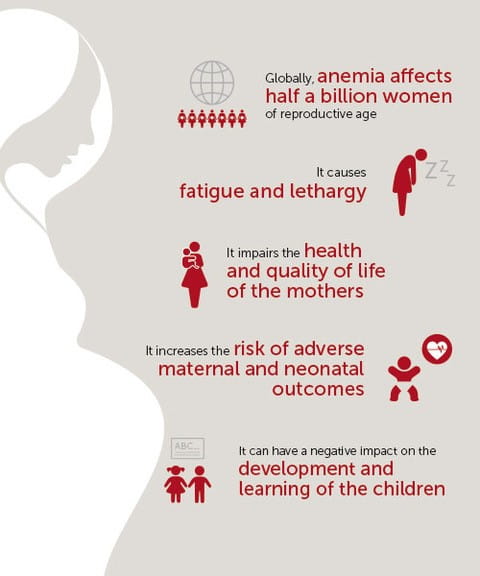
Certain loss of blood is easy to detect and large bleeding are usually treated in the hospital. Yet there can also be bleedings that are not as easy to quantify or even detect.
Anemia is an important symptom and all it takes to find out is a drop of blood and an easy accessible hemoglobin test.
Accuracy and precision are essential features of a hemoglobin method since the degree of anemia are based on fixed cutoff levels.
If a method only detects severe anemia and the level of anemia encountered is low to moderate, the number of those correctly identified may be lower than if a test with broader detection ability is used.
Big variations in a method will introduce false anemia detection or will not be able to detect anemia when present.
Imprecise and inaccurate hemoglobin methods will make it complicated, if not impossible, to correctly establish a population baseline and to evaluate program effectiveness.
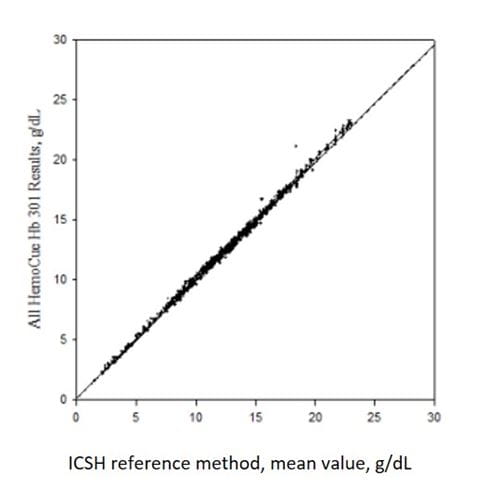
The most reliable indicator of anemia is the concentration of hemoglobin. There are various methods, but a few are accurate enough and suitable in field conditions.
Download our White Paper on Anemia here below
Anemia is a public health problem that affects populations in both rich and poor countries. Its primary cause is iron deficiency (IDA), but a number of other conditions, such as malaria, parasitic infection, other nutritional deficiencies, and hemoglobinopathys are also responsible.
In its severe form, it is associated with fatigue, weakness, dizziness and drowsiness. It dis-proportionally affects children and women of reproductive age with far-reaching health consequences such as cognitive dysfunction and an inability to reach their full potential.
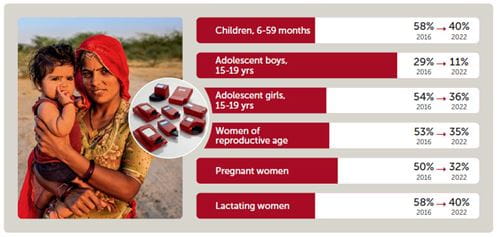
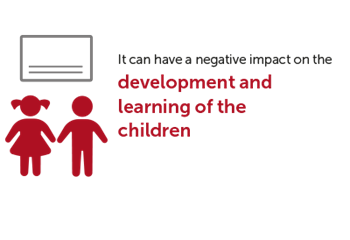
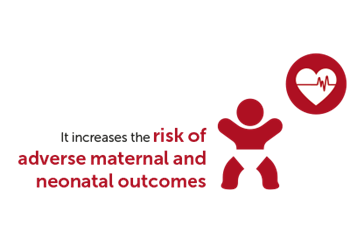

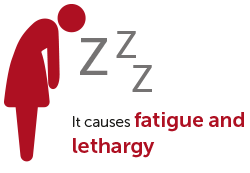
Women in the childbearing years are particularly susceptible to iron-deficiency anemia because of the blood loss from menstruation and the increased blood supply demands during pregnancy.
Plasma volume increases more rapidly than red cell mass during pregnancy and a drop in Hb value occurs. Untreated anemia may lead to the inability to fulfill a healthy pregnancy and deliver a healthy baby.
Globally, the highest prevalence of anemia is found in preschool aged children. It is estimated that as many as 80% of children in developing countries are anemic at some point before the age of 18.
Even mild anemia can lead to fatigue and interfere with a child's ability to perform at school. For infants, anemia may cause irreversible delay in mental and physical development.
The symptoms of anemia can sometimes be mistaken as part of the normal aging process. In addition, anemia usually develops gradually.
Anemia needs to be tested for and be acted upon.
"Great, easy to use and we would save over 45 days with this solution. Choosing the right method was easy. There simply was no other option if you consider quality, accuracy and reliable proven system for Hb measurement. "
Dr. B S Sonawane, Deputy Director, DHS Maharashtra
By providing access to accurate anemia screening tools, you can easier detect those at risk.
Learn more about the different screening methods available here.
Measurements of hemoglobin have traditionally relied on clinical laboratories, and when not available, anemia is sometimes diagnosed based on clinical signs.
Many other hemoglobin methods are available, but only a few are suitable for rough and demanding field conditions.
The only methods generally recommended for use in anemia surveys are the cyanmethemoglobin method (HiCN) in the laboratory and the HemoCue system.
Listen to HemoCue Anemia Webinar: "Efficient Screening Tools - Key to Combat Anemia".
This webinar compares the different methods while addressing the importance of accurate and suitable methods for anemia screening. You will learn how some anemia control programs have been very successful in reducing the prevalence of anemia through recurrent monitoring.
References
WHO website
WHO, Iron Deficiency Anaemia, Assessment, Prevention and Control, A Guide for programme managers, 2001
Irwin et al, Anemia in Children. American Family Physician, 2001;64:1379-1386
Unicef; The Adolescent Girls Anaemia Control Programme
Tanushreer Srivasta et al. Methods for Hemoglobin Estimation: A Review of ”What Works”. J Hematol Transfus 2(3): 1028 (2014)
HemoCue® Hb 201 Microcuvettes Package Insert

